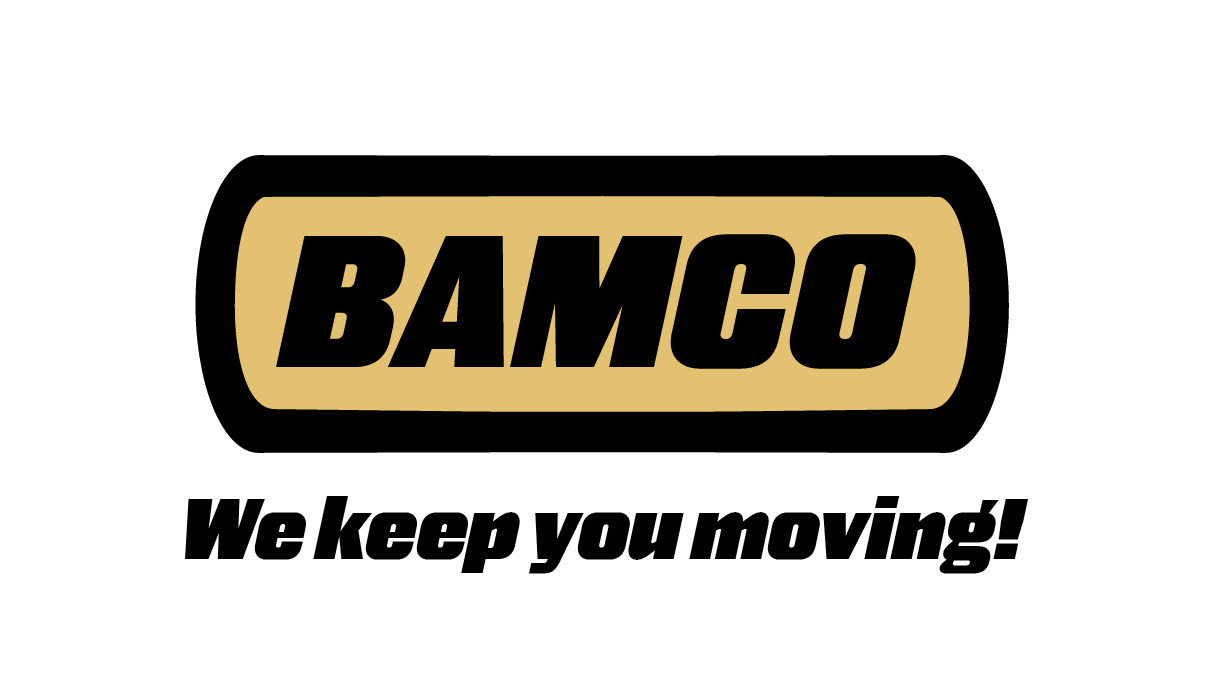In previous articles we covered splicing and mechanical splicing (or lacing) . There are two more kinds of lacing that need to be mentioned. These each have qualities of one or both of the previously mentioned splices but are tweaked for specific benefits and to solve specific problems.
Bias Splicing
Problem: You are running a lot of conveyors in your facility, all of which have mechanical splices. If you had only one or two conveyors, noise wouldn’t be a huge issue. However, since you have 13 miles of conveyors, all of the splices running over conveyor components are loud. This noise level can make it hard to communicate and can make the working environment dangerous.
What Is Bias Splicing And How Does It Solve This Problem?
In a bias splice, each connecting end of the belt is cut at a matching angle. The angle is always slight and is never more than 5-7 degrees off of the squared 90 that most lacing goes on. This allows the lacing to gradually go over the pulley instead of the whole splice hitting the pulley at once. Since the lacing goes over the pulley a little at a time, it makes the operation more quiet.
What Is The Downside?
A major downside of bias splicing is it greatly reduces the strength of the splice. There are two main reasons that this is the case. First, lacing achieves its retention strength by tightly gripping the weft fibers of the belt. When the belt is cut at an angle, it cuts the weft fibers making it harder for the fasteners to grab it. Second, belts have a tendency to pull to the side that has more tension. If the fibers are broken or if not installed correctly, the bias splice will cause the belt to pull off of the machine faster.
Another downside is that the normal rigid pins and common bar fasteners won’t work on a bias splices. These pins are not flexible enough and therefore carded hooks and flexible pins are required.
Hybrid Splicing
Problem: You want the easy installation of lacing however, this tends to scratch and mark up what is being conveyed. On the flip side, to have the smooth operation of an endless belt would require you to take more time to install.
What Is Hybrid Splicing and How Does It Solve This Problem?
This form of splice is a combination of lacing and splicing. It uses low profile mechanical fasteners, like hooks or lacing, while also being fabricated so that the mechanical fasteners are protected. Lacing is under a rubber or urethane cover so that you have a hinge splice for easier installation and abrasion resistance for smoother operation. There are three common hybrid splices:
Covered Splice
The process of creating a covered splice entails splitting the plies and inserting mechanical fasteners into the bottom plies of the belt. The top plies create a flap to cover the lacing from the conveyed products and return rollers. When done right, this splice can work when the belt is cleaned by scrapers. The tools required for this are ply separators and the installation equipment for the lacing.
Dual Covered Splice
This is similar to the covered splice above however, instead of having the lacing installed in the bottom ply of the belt, it is installed in the middle. Both the top and bottom plies are separated to become flaps that protect the lacing. This creates a situation where both the product being conveyed and the conveyor itself are protected from damage due to the lacing. The tools required for this are; at least three plies of belting, a ply separator, and the installation equipment for the mechanical fasteners.
Hidden Splice - The Ideal Hybrid Splice
This splice is very similar to a regular covered splice, however the top layer is not loose. It is vulcanized into place. First, the top ply is separated and the fastener is installed into the bottom ply. From there, the top ply is pressed on to the top of the fastener using endless splicing methods. Lastly, the top cover is then scored at the center so that the splice has the benefits of endless belts and the ability to separate like lacing. This splice requires the most equipment though because you need an endless splice press on top of the the equipment used for the previous two hybrid splices.
Common Applications
When you can’t have the product or the conveyor marked up by lacing.
The belt must run flat with no increase in thickness at the splice.
The lacing needs to be protected from dust or build up.
The belt is being cleaned by a scraper.
Sources
https://documentlibrary.flexco.com/W298_enUS_298_LDTypeOfSpliceINS_102715.pdf
https://accurateindustrial.com/custom-conveyor-belt-fabrication/lightweight-conveyor-belt-lace/
https://mltgroup-conveyor.com/sites/default/files/2021-07/MLT_MS_EN_BROCHURE.pdf
https://mltgroup-conveyor.com/sites/default/files/2022-01/MLT_SUPER-SCREW_RANGE_BROCHURE_EN.pdf
https://mltgroup-conveyor.com/sites/default/files/2021-07/MLT_FIX%27N%20GO_EN_BROCHURE.pdf
https://mltgroup-conveyor.com/sites/default/files/2021-07/MLT_SELF_LOCK_EN_BROCHURE.pdf
https://mltgroup-conveyor.com/sites/default/files/2021-09/MLT_CLIP%27N%20LOCK_BROCHURE_EN.pdf
https://www.dunlopcb.com/abrasion-standards-and-test-methods/
